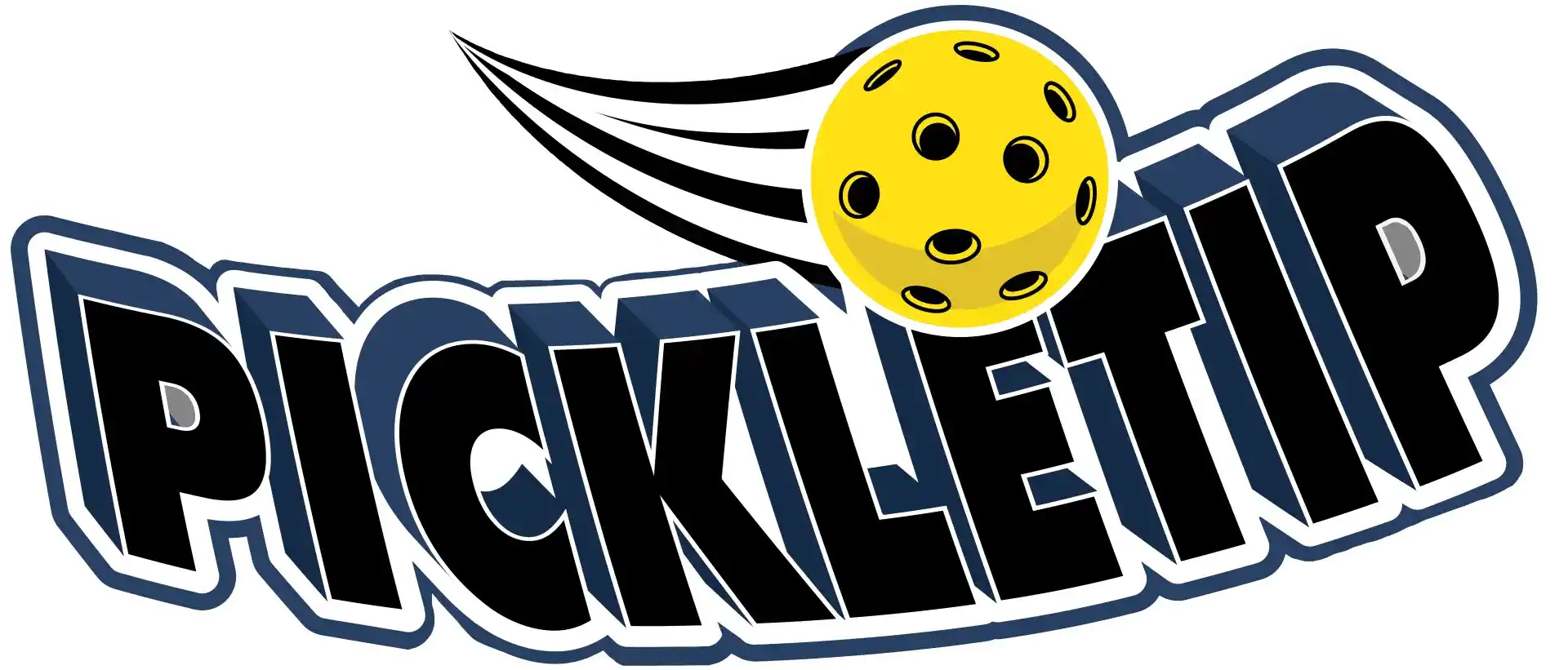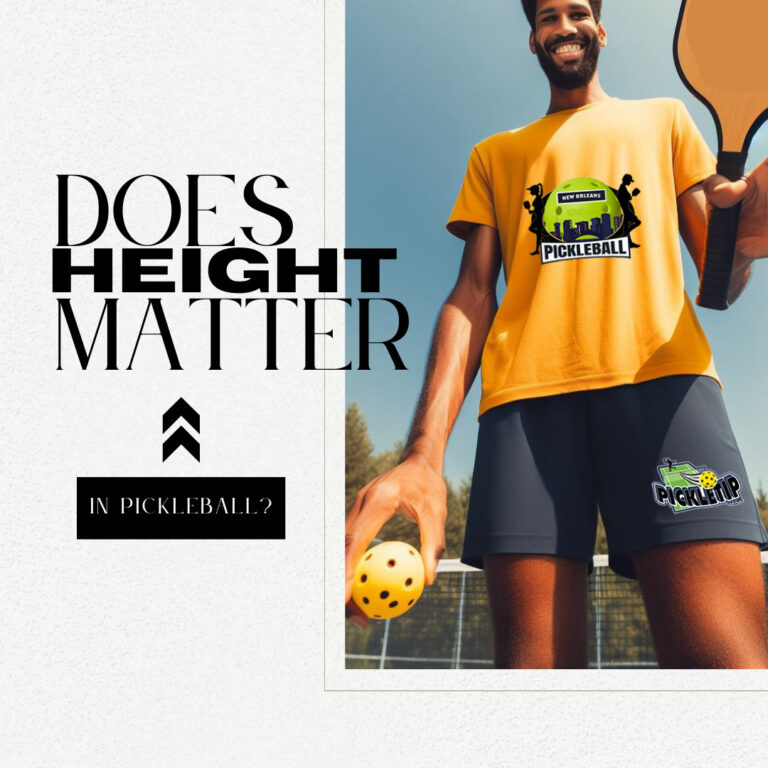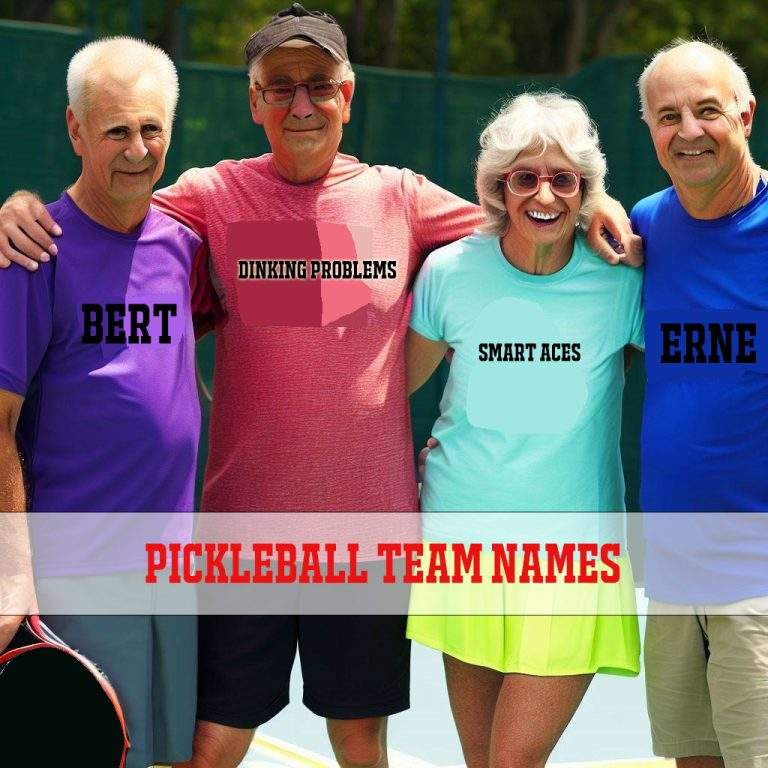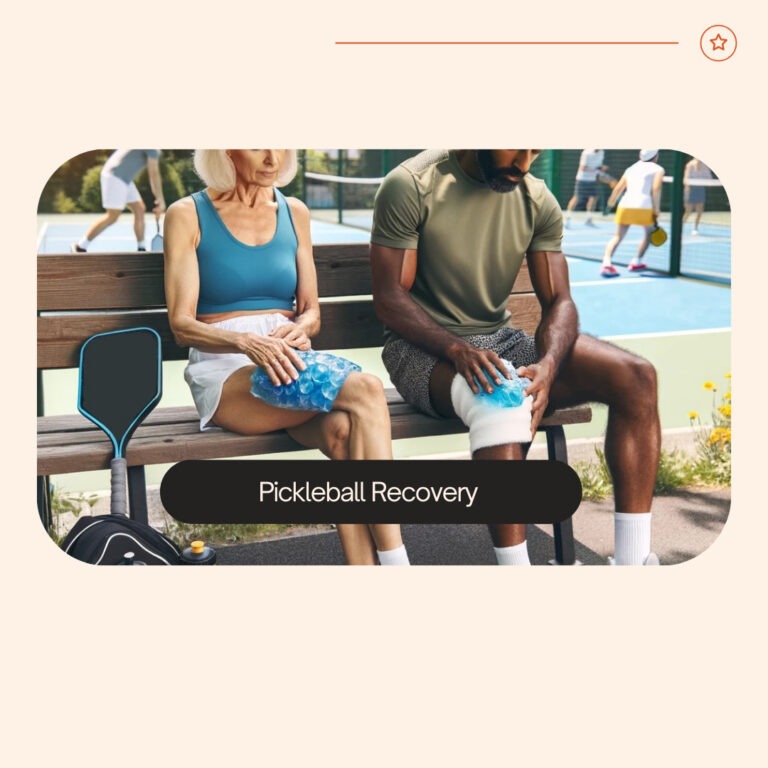Is My Pickleball Serve Legal? | Rules & Tips for Valid Serves
Is My Pickleball Serve Legal? Serve Rules and the Drop Serve
Have you ever stood on the pickleball court, paddle in hand, and thought, “Is my pickleball serve legal?” You’re not alone. As pickleball surges in popularity, many players find themselves puzzled over the nuances of serving rules. With the introduction of new techniques like the drop serve, it’s easy to feel unsure. Let’s dive into the ins and outs of pickleball serve legality, explore the rise of the drop serve, and provide you with tips to confidently serve within the rules.
Understanding Pickleball Serve Legality
Before you can answer the question, “Is my pickleball serve legal?” it’s essential to understand the foundational rules that govern serving in pickleball. Knowing these rules ensures fair play and keeps the game enjoyable for everyone.
The Traditional Serve: What Makes It Legal?
The traditional pickleball serve must adhere to specific criteria:
- Underhand Motion: The serve must be made with an underhand stroke, moving the paddle in an upward arc.
- Contact Below Waist Level: The ball must be struck below your waist, defined as the navel level.
- Paddle Position: At the moment of contact, the highest point of the paddle head must be below the wrist.
- No Bounce: In a traditional serve, the ball must be hit out of the air without letting it bounce.
- Diagonal Service: The serve must travel diagonally crosscourt and land within the opposite service court.
These rules might seem straightforward, but in the heat of the game, it’s easy to unintentionally commit a fault. I’ve seen seasoned players fault because their paddle inadvertently rose above the wrist at the moment of contact. Understanding and internalizing these rules is the first step to ensuring your serve is legal.
The Drop Serve: A Legal Alternative
If you’ve ever worried about your serve’s legality, the drop serve might be the solution you’ve been looking for. Officially introduced in 2021 and made permanent in 2022, the drop serve offers a different approach that simplifies some of the traditional serve’s complexities.
What Is the Drop Serve?
The drop serve allows players to:
- Drop the Ball: Release the ball from any natural height without throwing or pushing it downward, then hit it after it bounces.
- No Paddle Restrictions: Unlike the traditional serve, there are no restrictions on the paddle’s orientation or point of contact relative to your waist or wrist.
- Add Spin: You can impart spin on the ball before dropping it, as long as you don’t propel it downward.
When I first tried the drop serve, it felt liberating. Without worrying about paddle position or contact point, I could focus more on strategy and placement.
Why Choose the Drop Serve?
Many pickleball players are embracing the drop serve for several reasons:
Simplicity and Legal Clarity
The drop serve removes many of the ambiguities associated with the traditional serve. By eliminating concerns about paddle position and contact point, it reduces the risk of committing an illegal serve in pickleball. This clarity can boost your confidence on the court.
Consistency
The bounce provides a predictable setup, leading to more consistent serves. Especially under pressure, having a reliable serve can make a significant difference in your game.
Enhanced Spin and Power
The drop serve allows for greater spin generation, making your serves more challenging to return. This is particularly beneficial for players looking to add depth to their serving strategy.
Strategic Variety
Mixing traditional and drop serves can disrupt your opponent’s rhythm. The element of surprise can give you a tactical edge in matches.
Reduced Pressure for Beginners
For newcomers, the drop serve simplifies the serving process. Without the strict technical requirements of the traditional serve, beginners can focus on other aspects of the game.
Common Misconceptions About Serve Legality
Is the Drop Serve Less Effective?
Some believe that the drop serve is inferior to the traditional serve. However, many players find it equally effective, especially when considering the added spin and consistency it offers.
Can I Impart Spin on the Ball?
Yes, you can add spin to the ball before dropping it for a drop serve. The key is not to propel the ball downward; simply release it naturally.
Are There Restrictions on the Drop Serve in Tournaments?
The drop serve is legal in both recreational and competitive play unless a specific tournament rule states otherwise. Always check the tournament guidelines to be sure.
Does the Drop Serve Violate Any Rules?
No, the drop serve is fully compliant with current pickleball serving rules. It was officially adopted into the rulebook, providing an alternative to the traditional serve.
Is my pickleball serve legal: Tips to Ensure Your Serve Is Legal
Understand the Rules Thoroughly
Regularly review the official pickleball serving rules to stay updated on any changes or clarifications.
Practice Your Technique
Whether you prefer the traditional serve or the drop serve, practice is crucial. Focus on your form to ensure you’re not inadvertently breaking any rules.
Seek Feedback
Have a coach or experienced player observe your serve. They can point out any areas where you might be violating rules without realizing it.
Watch for Common Mistakes
Be mindful of common faults, such as:
- Hitting the ball above waist level.
- Having the paddle head above the wrist at contact during a traditional serve.
- Throwing or propelling the ball downward during a drop serve.
Frequently Asked Questions
How Do I Know If My Serve Is Legal?
Ensure you’re following all serving rules, and consider recording your serve to review your technique. Feedback from others can also help.
Can I Switch Between Traditional and Drop Serves?
Yes, you can alternate between serving styles during a game. This strategy can keep your opponents off-balance.
Is Imparting Spin on the Serve Legal?
Adding spin is legal as long as you comply with the serving rules, especially regarding how you release the ball in a drop serve.
Are There Any Recent Changes to Serving Rules?
The most notable recent change is the official adoption of the drop serve. Always check the latest rulebook for updates.
What Should I Do If I’m Unsure About a Rule?
Consult the official rulebook or ask a certified coach or official for clarification.
Serving with Confidence: Legal and Effective
So, next time you find yourself wondering, “Is my pickleball serve legal?” remember that understanding the rules and practicing your technique are key. Whether you stick with the traditional serve or embrace the drop serve, knowing you’re serving within the rules allows you to focus on strategy and enjoy the game more fully.
Embrace the opportunities that both serving styles offer. Experiment, practice, and don’t be afraid to seek guidance. By ensuring your serve is legal, you’re not only playing fair but also setting yourself up for success on the court.







